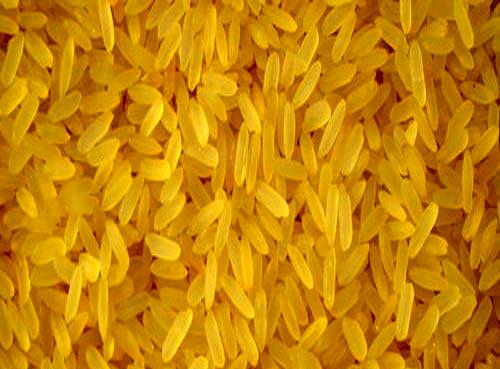A Case For Twin Projects In Odisha’s Rice Bowl That Battles Cancer

Hirakud Dam, one of India’s ‘modern temples’, came up across the Mahanadi river in undivided Sambalpur district in the 1950s. The dam ushered in a boom in agriculture, especially paddy cultivation, in areas covered under its irrigation system.
The epicentre of this boom was Bargarh, which became a separate district in the 1990s after being carved out of Sambalpur. Being the topmost contributor of rice to the state pool, the district came to be known as the ‘rice bowl’ of Odisha.
However, increasing use of chemical fertilisers and pesticides to boost paddy production left its scars on not only the soil but also the health of the farmers in Bargarh. Over the years, the district has reported more cases of cancer than any other in the state and use of chemical fertilisers and pesticides has been attributed as one of the main factors responsible for it. In terms of consumption of chemical fertilisers and pesticides, areas covered by the dam canal system more or less match those in irrigated areas of Punjab and Andhra Pradesh.
According to official figures, Odisha has over 8,000 cancer survivors. At least, 60 per cent of them are from the western parts of the state of which patients from Bargarh are in a majority.
In 2017, Dr Ashok Kumar Panigrahi, pharmacologist in the Veer Surendra Sai Medical College and Research Institute (VIMSAR), Burla, conducted a survey relating to the prevalence of cancer in 23 districts of Odisha. He found that Bargarh was the worst hit, comprising 26.3 per cent of the total patients. In a research paper published in IOSR Journal of Dental and Medical Sciences in 2018, Dr Panigrahi noted that 1017 cancer patients were identified in Bargarh in 2014-15, which increased to over 1,100 patients in 2017-18. Areas covered under the Hirakud canal system in neighbouring Sambalpur and Sonepur districts too were found to have their share of cancer patients.
The cancer survivors of Bargarh and other western Odisha districts mostly depend on the government-run Acharya Harihar Cancer Hospital in Cuttack, around 300 km away. Besides, many others are forced to go to private hospitals in Bhubaneswar and outside the state.
Over the years, there has been a persistent demand by local people for establishment of a specialised cancer facility in Bargarh. Several agitations have been organised in the district under the banner of United Forum for Cancer Hospital to press for the demand.
In January 2020, Chief Minister Naveen Patnaik assured that a cancer hospital would be built and the government sent a three-member team to the district to identify a location. In November, the government reiterated its commitment to build a 50-bed hospital having facilities including chemotherapy, radiotherapy, CT simulator and emergency care.
However, the people in Bargarh and other western Odisha districts have become apprehensive about the state government’s seriousness after it announced, in February this year, a 500-bed cancer hospital in Bhubaneswar – a Rs 750 crore project that includes a donation of Rs 200 crore from an entrepreneur couple.
There is a visible unanimity among people of different districts of western Odisha on the establishment of a cancer hospital in Bargarh. And many in those districts feel that the Bhubaneswar cancer project would become the state government’s top priority relegating the cancer project in Bargarh to the backburner.
The state government has all along maintained that cancer care is one of its focus areas. The government must send across a strong message that it is damn serious about the Bargarh project too and it should be visible on the ground.
Another thing needs the government’s intervention in Bargarh – promotion of organic and sustainable farming. It may help in reducing consumption of chemical fertilisers and pesticides and thereby act as prevention for cancer in the long run.
In Punjab, years after the Green Revolution, PGI Chandigarh started witnessing a steady flow of cancer patients as the soil degraded. Now farmers in Punjab have taken up organic, multi-layer farming and permaculture in a big way.
Facing similar problems, some farmers in Bargarh have also gone organic but they lack institutional support. Odisha already has a policy for organic farming but it needs to be broadbased.
Bargarh is not just the biggest producer of paddy in Odisha. It also supplies huge quantities of vegetables every day to different parts of the state, including Bhubaneswar.
The farmers of the Hirakud command area swallowed toxicity to make the Green Revolution a success for greater common good; it was the call of the time. Now, it is bounden for the government to turn a new leaf by launching a new ‘green and organic revolution’ from the district.
Does it not make sense, for the overall health of a sustainable Odisha?

Comments are closed.